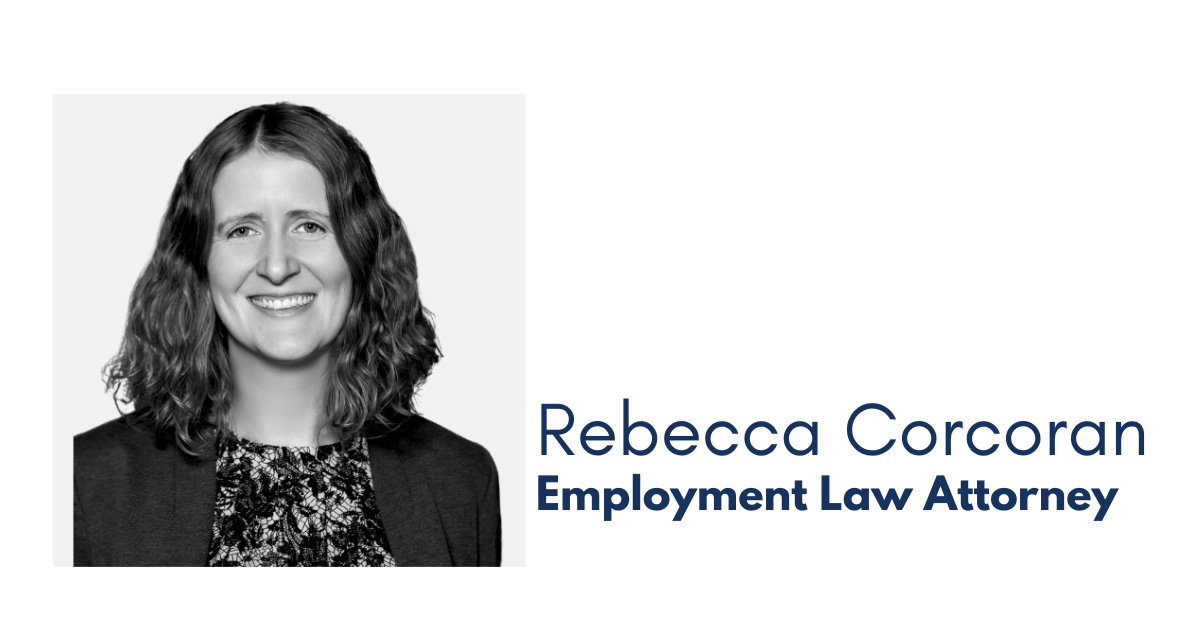The FTC’s New Click-to-Cancel Rule: What Businesses Need to Know Before Summer 2025
If your business offers subscription services, auto-renewing memberships, or any type of recurring billing program-whether to consumers or other businesses-change is coming. And it’s coming fast.
Starting July 14, 2025, the Federal Trade Commission’s (FTC) new Click-to-Cancel Rule will take effect, creating significant compliance obligations for companies that utilize what the agency calls “Negative Option Features”. This new rule is designed to make it just as easy for customers to cancel a subscription as it was to sign up in the first place-and failure to comply will lead to regulatory scrutiny.
At WFJ, we’re tracking developments because we understand how quickly evolving federal rules can impact your day-to-day operations. Below, we break down what the Click-to-Cancel Rule requires and what steps your business should be taking now to prepare.
What is a “Negative Option Feature”?
A Negative Option Feature is a provision in a contract where a customer’s silence or inaction is interpreted as acceptance or continuation of a recurring service or payment. Think of automatic renewals, continuity plans, or free-to-paid trial conversions.
The FTC’s new rule applies broadly-to both business-to-consumer (B2C) and business-to-business (B2) transactions.
What Does the Rule Require?
The rule has three core requirements, two of which go into effect on July 14, 2025. The third requirement is already enforceable.
1.Simple Click-to-Cancel Mechanisms
Effective July 14, 2025
If your business allows customers to sign up for a subscription online, you must also allow them to immediately cancel it online-with no unecessary hurdles.
- Online Cancellations must be easy to find and use. If a customer signed up without talking to a representative, they cannot be required to speak with one to cancel.
- Telephone cancellations must be handled promptly, during normal business hours, and can not cost more than the initial call.
- In-person cancellations can’t be the only cancellation method-even if the original sign-up was in person.
Bottom line: The cancellation process must be as easy as the sign-up process.
2.Clear Disclosures of Material Terms
Effective July 14, 2025
Before you collect billing information, you must provide clear and conspicuous disclosures, including:
- That charges will occur and may increase after trial periods
- How and when customers can cancel
- The cost and frequency of recurring charges
- The cancellation method required under the new rule
These disclosures must appear immediately next to the consent mechanisms and before the customer agrees to the terms.
3.No Misrepresentations
Already in effect
The rule prohibits misrepresenting any material fact about your recurring service-including:
- The cost
- The cancellation process
- The nature or effectiveness of the service
- Any aspect likely to influence a customer’s purchasing decision
If it could affect someone’s choice to sign up or continue a service, it must be stated truthfully and clearly.
Why This Matters Now
Although some aspects of the rule won’t be enforceable until mid-2025, the FTC has already made it clear that transparency and fairness in subscription-based services are a top enforcement priority. With the July 14 deadline approaching, busineses should begin reviewing customer onboarding flows, updating cancellation procedures, and ensuring disclosures meet the new standards.
It’s also important to note that state laws may impose stricter requirements, and complying with federal rules doesn’t guarantee compliance at the state level.
How WFJ Can Help
At Wagner, Falconer & Judd, our attorneys and Compliance Center team are dedicated to keeping businesses like yours ahead of the curve when it comes to legal and regulatory changes. We know that each business model is different-and compliance isn’t one-size-fits-all.
Whether you need a comprehensive reivew of your current subscription practices, help drafting compliance disclosures, or advice on how this rule interacts with your state’s laws, we’re here to guide you every step of the way.
Reach out to WFJ’s Compliance Center today to ensure your business is ready for the Click-to-Cancel rule and stays compliant.
















